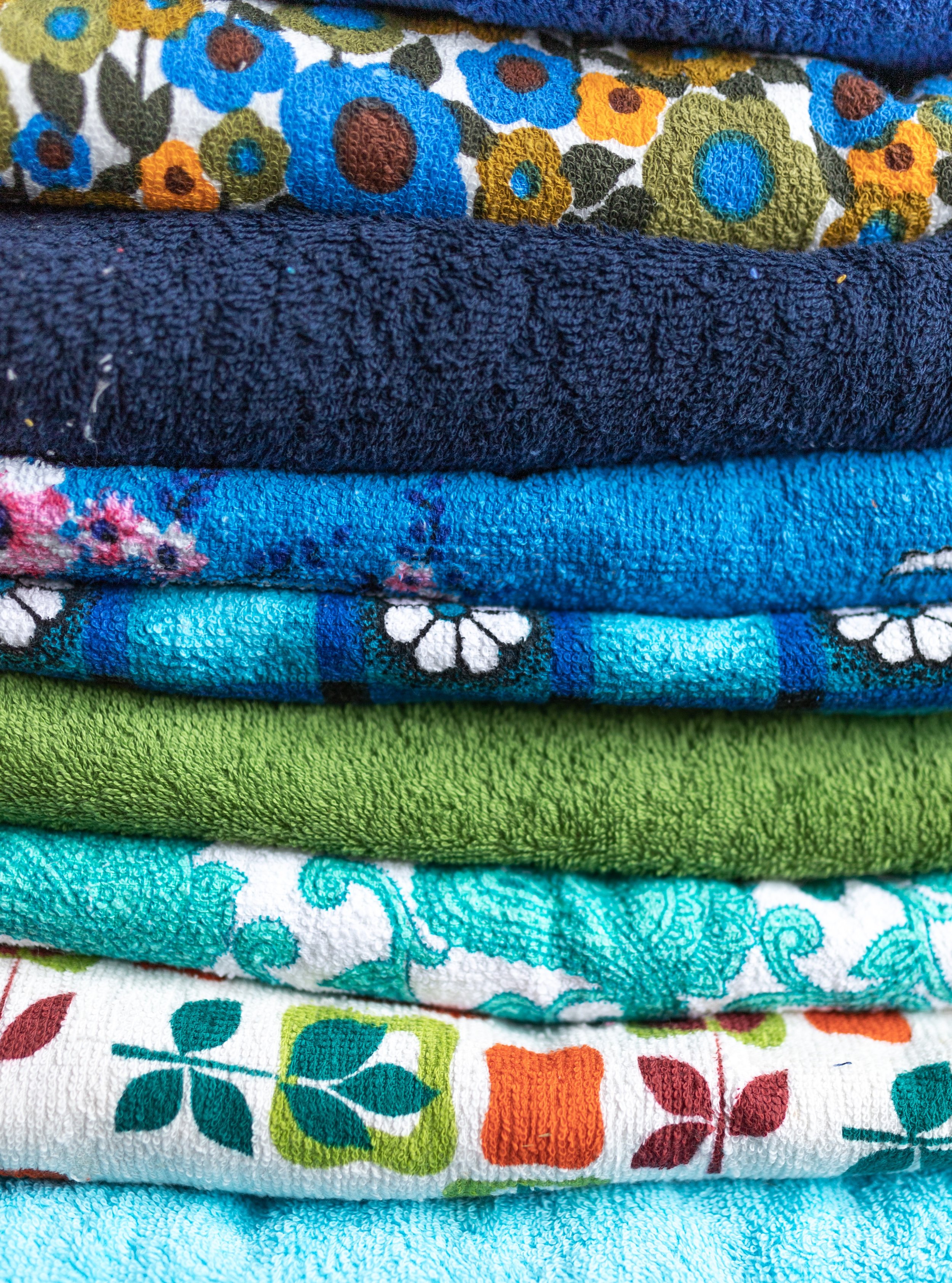A BRIEF HISTORY OF TOWELLING
The roots of our beloved towelling stretch back to the 1600s and the Turkish spa town of Bursa, home to natural hot springs and conveniently placed near the crossing route from Asia to Europe.
Wealthy travellers would indulge in the healing mineral waters of the Oylat thermal springs and then wrap themselves in soft cotton pestamel, or bath wrappers, a tradition from the hammam culture of the Ottoman Empire.
In the 1840s, the French introduced a weaving technique for pile loop fabrics, known as Terry cloth, derived from the French verb 'tirer,' meaning 'to pull.' But it was an Englishman named Samuel Holt (working for Christy) who successfully applied this technique to cotton, producing plush looped cotton towels.
But how did we get from there to the cozy cotton loop fabric we know today?
Fast forward to the 1950s, and terrycloth found its way into post war beach and leisure wear, its looped side offering stretch and comfort. Who could forget Sir Sean Connery's iconic blue terrycloth playsuit in the 1964 James Bond film Goldfinger?
Throughout the swinging 60s and funky 70s, terrycloth fabrics were screen printed with vibrant, psychedelic patterns, reflecting the colourful spirit of the era.
By the 1980s however it had fallen out of favour, with competition from cheaper more versatile synthetic stretch fabrics.
But towelling has made a stylish comeback, proving that everything old is new again!
It is a natural, highly absorbent and skin friendly fabric that, with thoughtful design, is perfectly suited to leisure wear, post pool, around the house, from beach to bar.
Sadly, Terry Towelling is no longer manufactured in the UK so we source our fabrics from Italian mills. Their 100% cotton, mid-weight snag free towelling is super soft and is increasingly made with sustainable techniques.
It is our fabric of choice to produce clothing that is so soft, so comfortable, so colourful …
So English!





